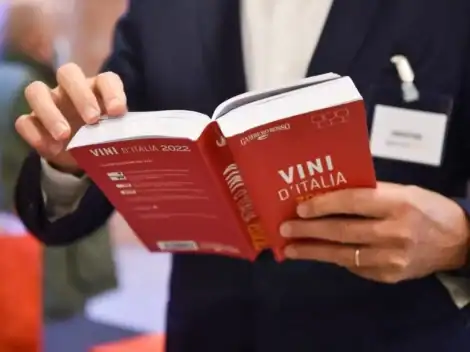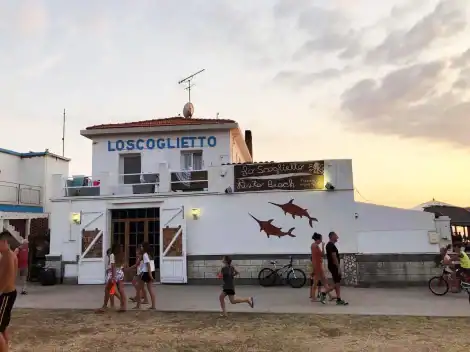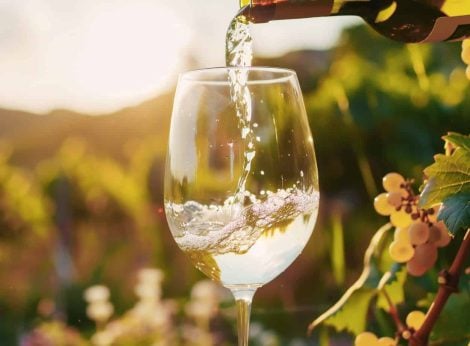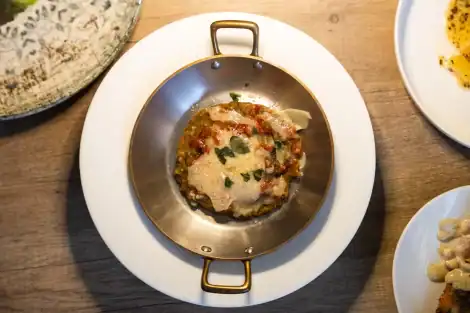The Historical Super Tuscans Committee, chaired by Paolo Panerai, Castellare di Castellina and Rocca di Frassinello, organized a tasting of the great Tuscan Supertuscans vintages 2019-2020-2021 at Vinitaly. Sixteen wines from the sixteen founding members San Felice, Antinori, Montevertine, Castello di Monsanto, Castellare di Castellina, Isole e Olena, Badia a Coltibuono, Querciabella, Castello di Fonterutoli, Ambrogio & Giovanni Folonari, Riecine, Felsina, Castello di Volpaia, Castello di Ama, Castello di Albola and Brancaia.
The Super Tuscans tasting was conducted by Master of Wine Andrea Lonardi. "For many of these wines, the characteristics that made them famous on the international scene came more from the production style than from the terroir style," he said. "It's no secret that things are evolving today, thanks to the success of Bolgheri, and the arrival of climate change, viticultural improvement, Sangiovese genetic improvement, and the need to renew the varietal composition of Modern Super Tuscans are the result of a positive evolution."
The recent evolution of these wines maintains the highest quality but focuses on identity, with a much more Tuscan and territorial soul, an intrinsic connection between history, style, and, above all, a greater sense of territory and belonging. "The educational objectives of the tasting," he continued, "focus on understanding the historical significance of the Super Tuscans, recognizing the factors that have influenced their development over time, and appreciating the stylistic and production changes that reflect their adaptation to modern tastes and environmental considerations. These wines have maintained high quality while increasingly emphasizing their identity and Tuscan terroir, illustrating the balance between innovation and tradition in winemaking." The recent evolution of these wines - added Lonardi - "maintains the highest quality but focuses on identity, with a much more Tuscan and territorial soul. An intrinsic connection between history, style, and, above all, a greater sense of territory and belonging."
Super Tuscan, 8 wines to try
Cepparello 2021, Isole e Olena
A winery that represents the history of Chianti Classico, on the western side of the appellation in Barberino Tavarnelle. The De Marchi family with Paolo has managed to bring this wine to world fame by producing one of the benchmark Sangioveses not only for the Gallo Nero area. A Sangiovese of great overall completeness, very dynamic and vibrant. With a full and satisfying sip.
Sangioveto Grosso 2019 Fabrizio Bianchi, Castello di Monsanto
From a vineyard chosen by Fabrizio Bianchi himself in 1967 on pure galestro soil. Sangiovese in purity, the first harvest is from 1974, resulting in a wine with a beautiful aromatic profile, intense, peppery, pulpy, rich but with great sapidity. Very long persistence.
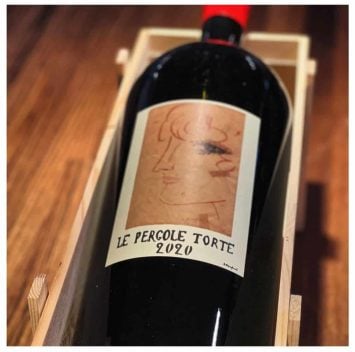
Le Pergole Torte 2020, Montevertine
In Radda in Chianti in 1977 Sergio Manetti decided to produce a new wine, a Sangiovese in purity from the oldest vineyard. One of the first crus. The rest is history. Today at the helm of the company is his son Martino who has always shown great respect for the past by taking a personal path that has never deviated from the traditional viticulture principles of the Manetti family. The wine immediately shows character and depth, mysticism and energy, dynamic and always ready to amaze and above all capable of aging like few others.
Balifico 2020, Castello di Volpaia
The first bottle is from 1985, in the full spirit of Super Tuscan, at the dawn of the coining of the name. Mostly Sangiovese and Cabernet Sauvignon blend (which grows at an altitude of 440 meters above sea level) it conquers with a beautiful crisp fruity nose, then opens on the palate with great vibration and crescendoing with a nice juicy tannin. Lively and persistent.
Tignanello 2021, Marchesi Antinori
A timeless classic, the iconic wine of the Antinori family was born in 1971 from an old vineyard called Tignanello located at an altitude between 350 and 400 meters above sea level, on soil rich in galestro and alberese. The first Sangiovese aged in barrique alongside Cabernet Sauvignon and a small part of Franc. A wine that proudly shows its great gustatory impact on the palate. Character and balsamic notes to sell.
L’Acciaiolo 2020, Castello di Albola
We are in Radda in Chianti, Uga of Chianti Classico, the wine comes from a single vineyard of old vines, where the selection of Cabernet Sauvignon and Sangiovese grapes. The name is a tribute to the Acciaiuoli family. With a dark profile, lively hints of undergrowth, spices stand out. Surprises with its savory side and great taste.
Vigorello 2019, Agricola San Felice
Bordeaux blend with Cabernet, Merlot, and Petit Verdot first produced in 1968 in the estate of Castelnuovo Berardenga. In recent years, the historic blend has been joined by Pugnitello, an ancient grape recently rediscovered. Determined by well-ripened and delineated fruit, it is excellently profiled on the palate where it stands out for its sapidity and smoothness.
L'Apparita 2020, Castello di Ama
Another wine that has set a Tuscan record. It is in fact the first pure Merlot produced in 1985. The vineyard is at the top of the Bellavista vineyard, in Gaiole in Chianti, with two parcels that make up this cru. The soil is rich in clay, and from the first vintage, this Merlot has embodied a unique expression recognized worldwide. Dominates freshness on the palate, never neglecting the pleasantness of drinking. Peppery, with a delicate and intriguing spiciness. Precise and of great affability.

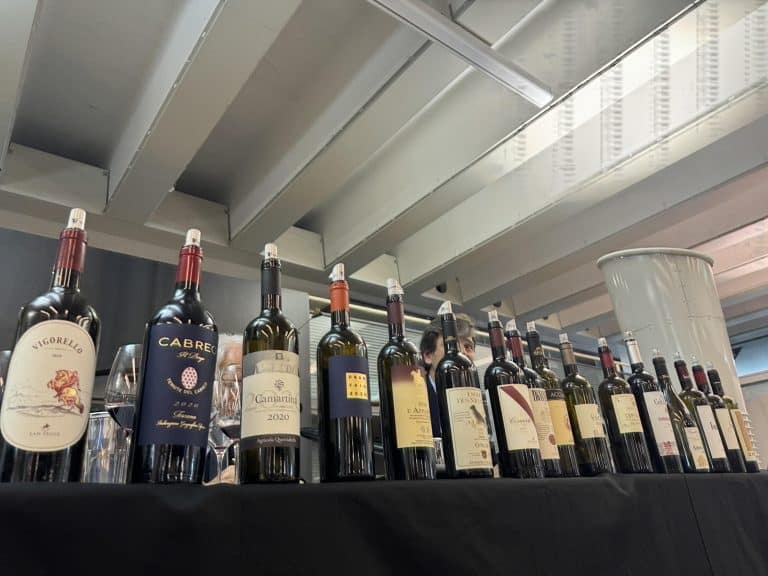
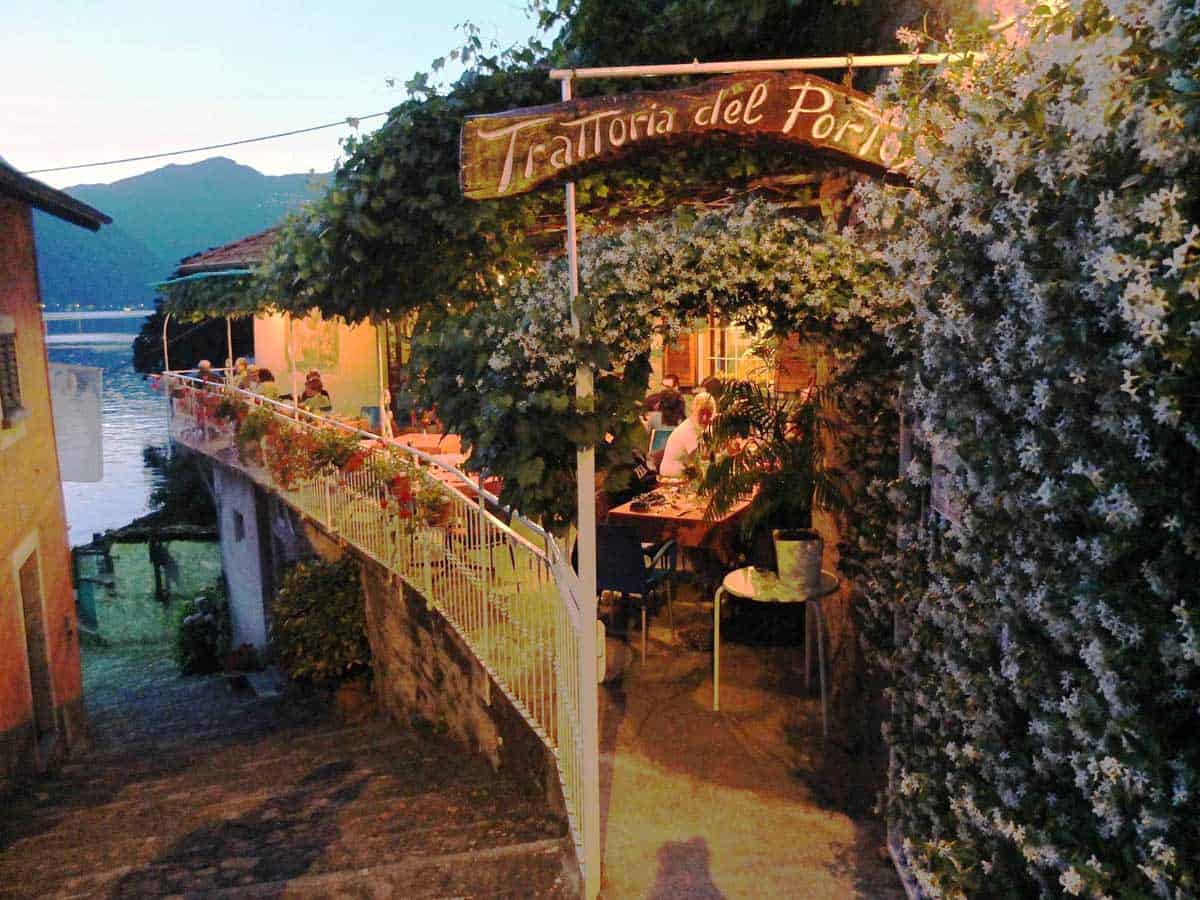 Three days at Lake Como in 17 destinations: Trattorias, Osterias and Fine Dining
Three days at Lake Como in 17 destinations: Trattorias, Osterias and Fine Dining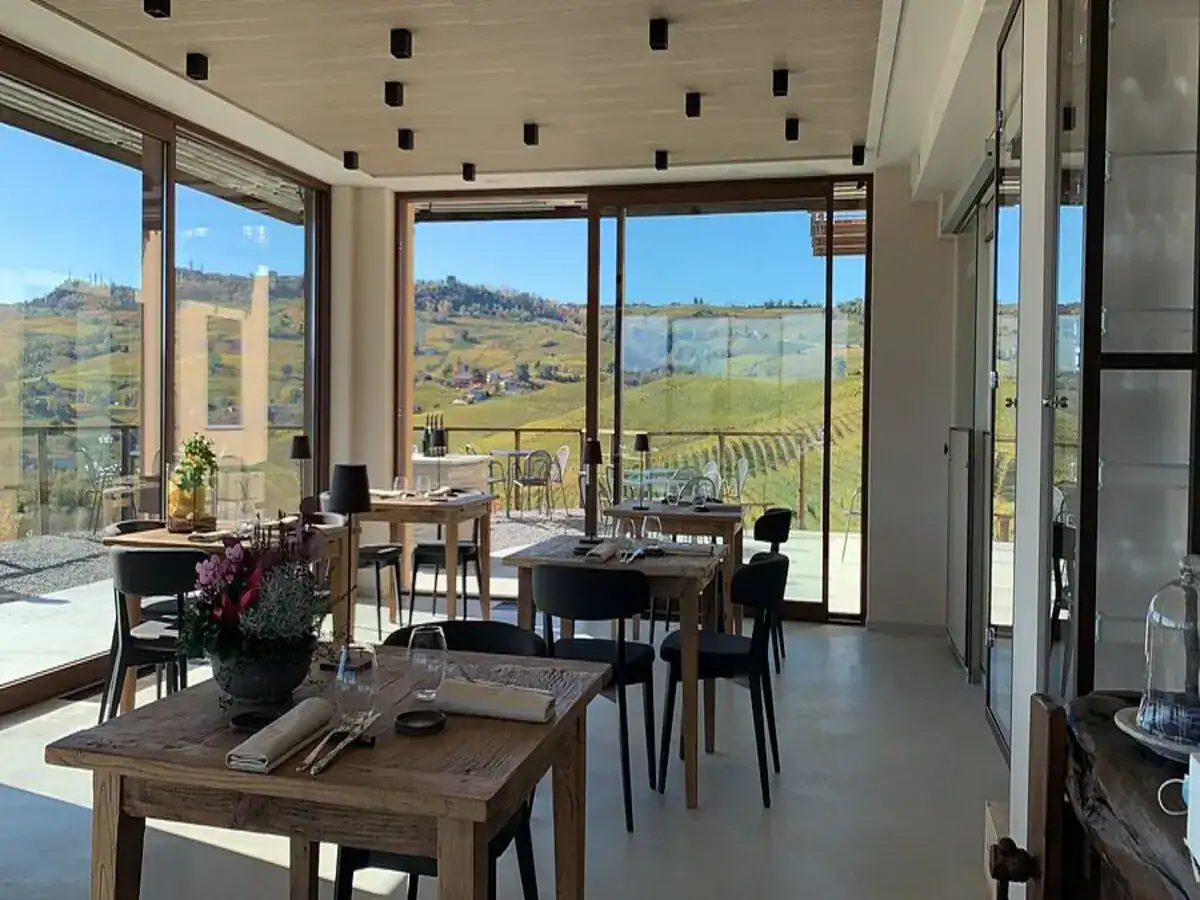 Piedmontese classics and raw seafood. The unexpected restaurant with a pool in the Langhe
Piedmontese classics and raw seafood. The unexpected restaurant with a pool in the Langhe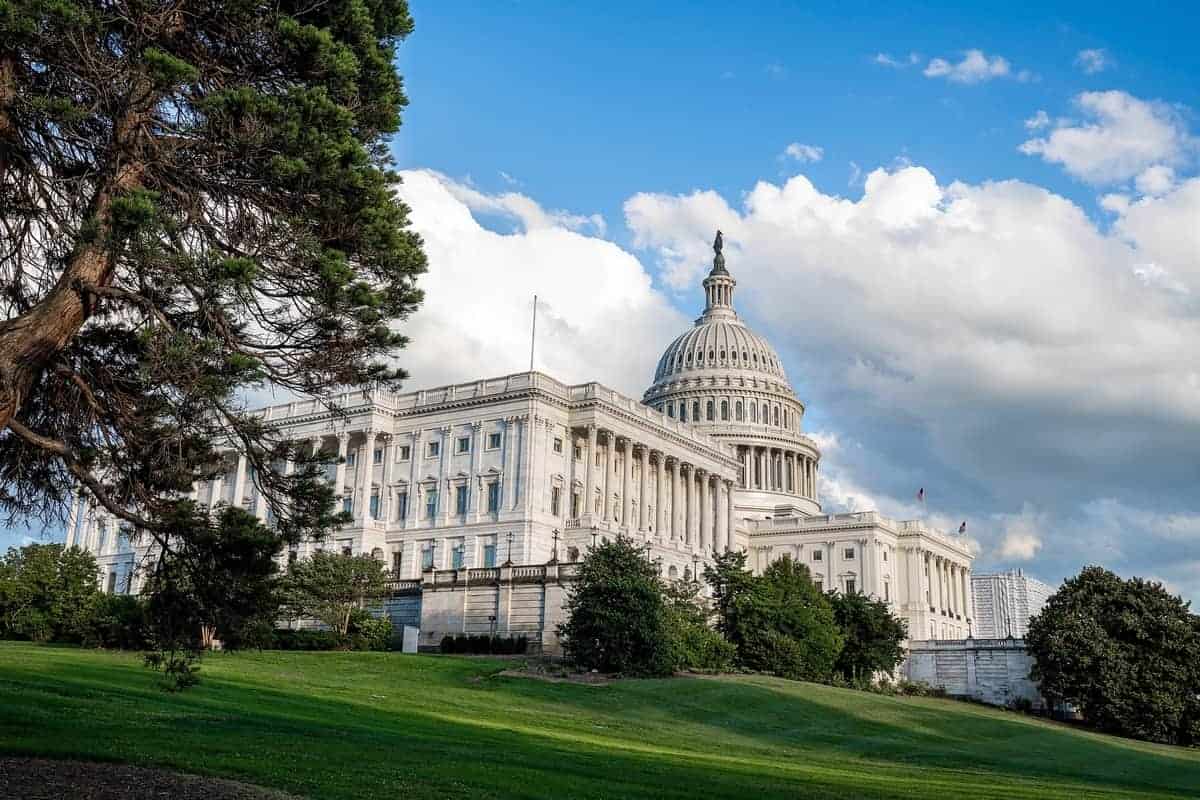 US Tariffs. according to the Government, a 10% rate would not be impactful, but for most wineries the risk is high
US Tariffs. according to the Government, a 10% rate would not be impactful, but for most wineries the risk is high Grilled vegetables and chicken on the side: in Chianti, plant-based cuisine takes centre stage
Grilled vegetables and chicken on the side: in Chianti, plant-based cuisine takes centre stage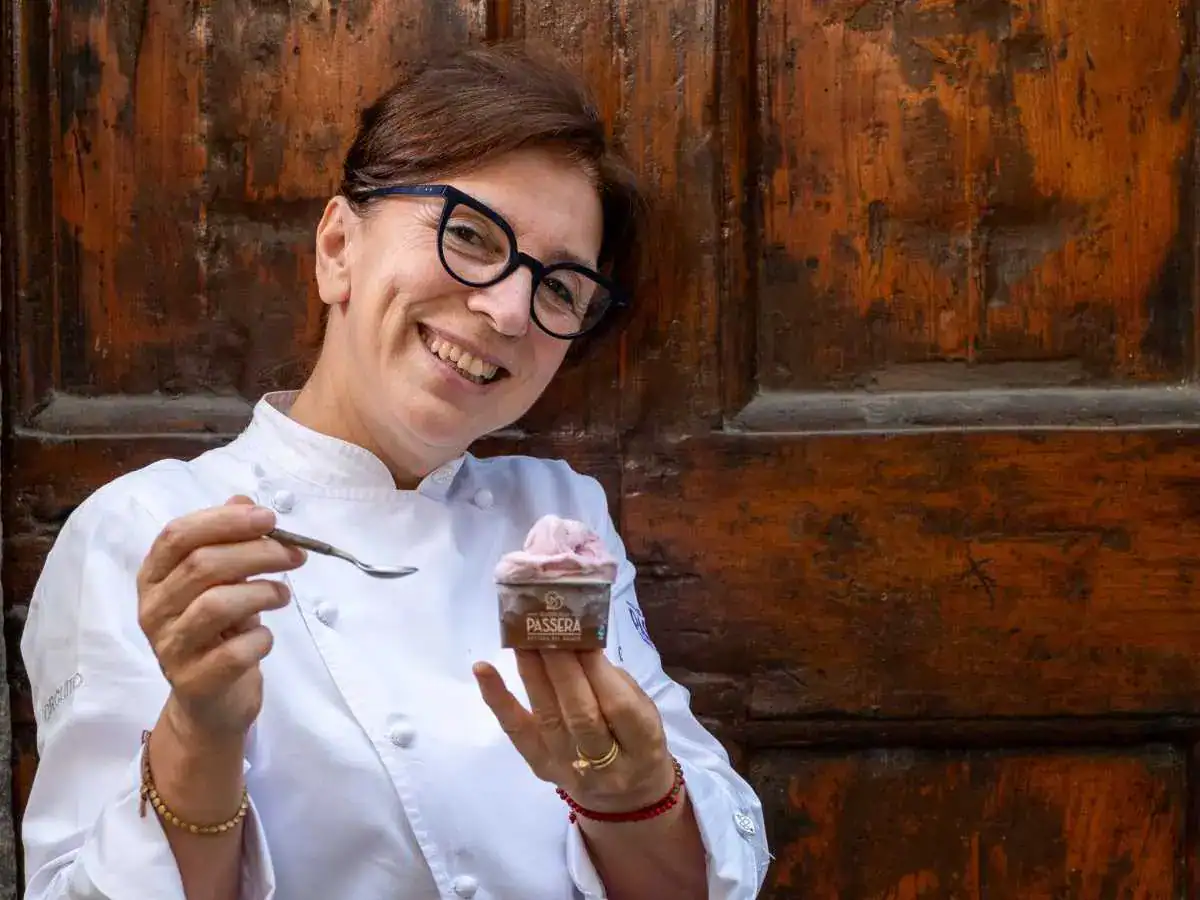 A top gelato maker from Florence launches flavours dedicated to women who made history
A top gelato maker from Florence launches flavours dedicated to women who made history
